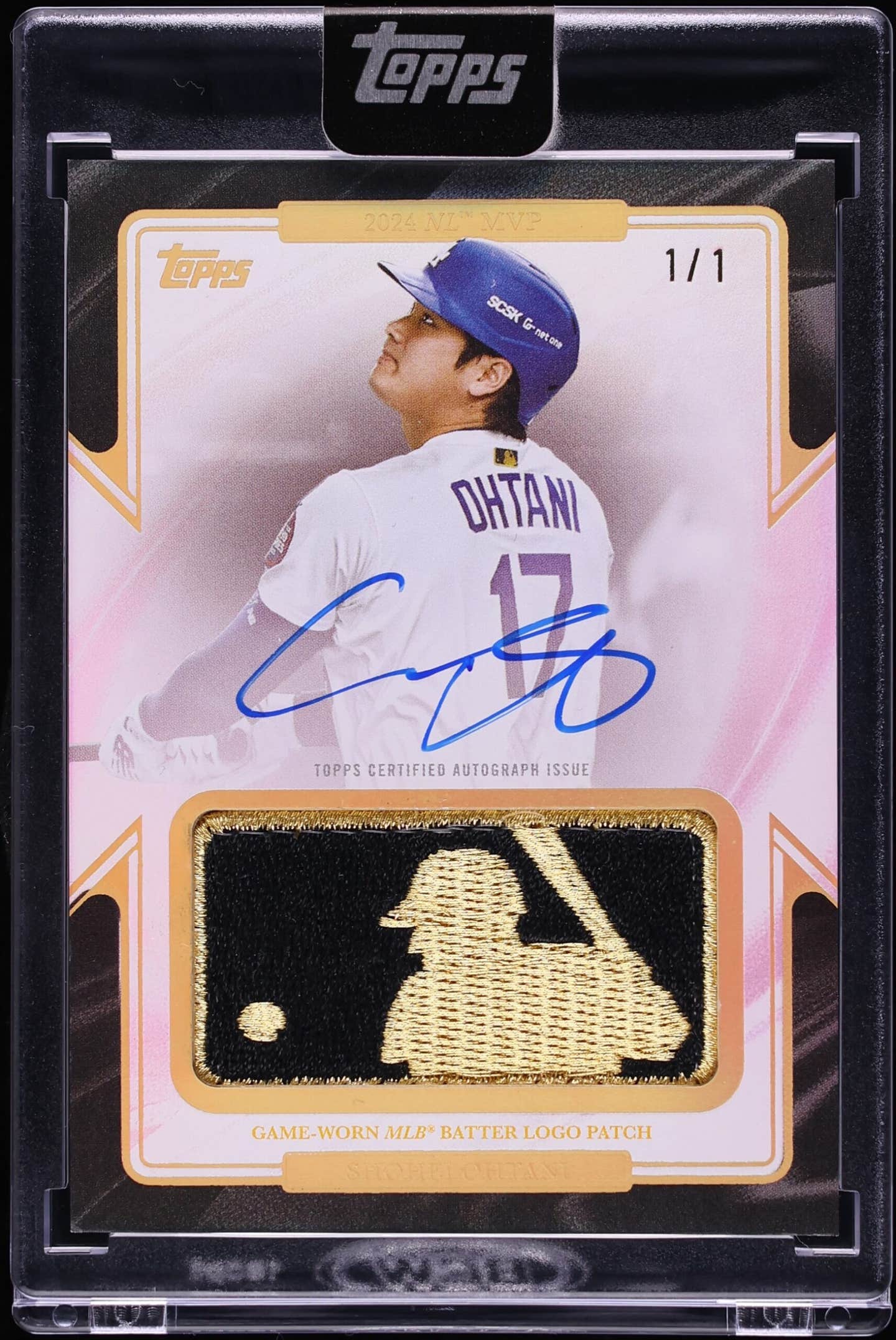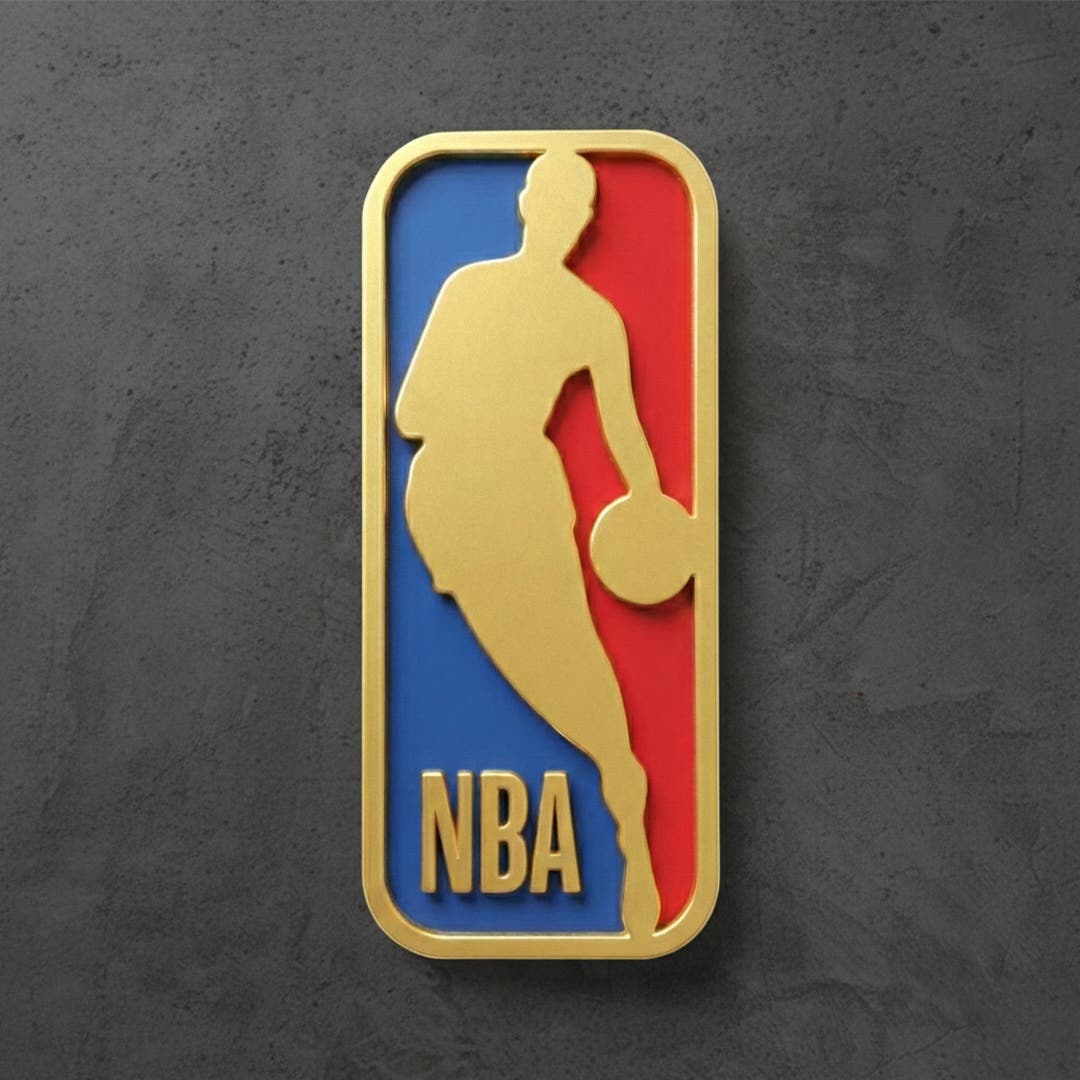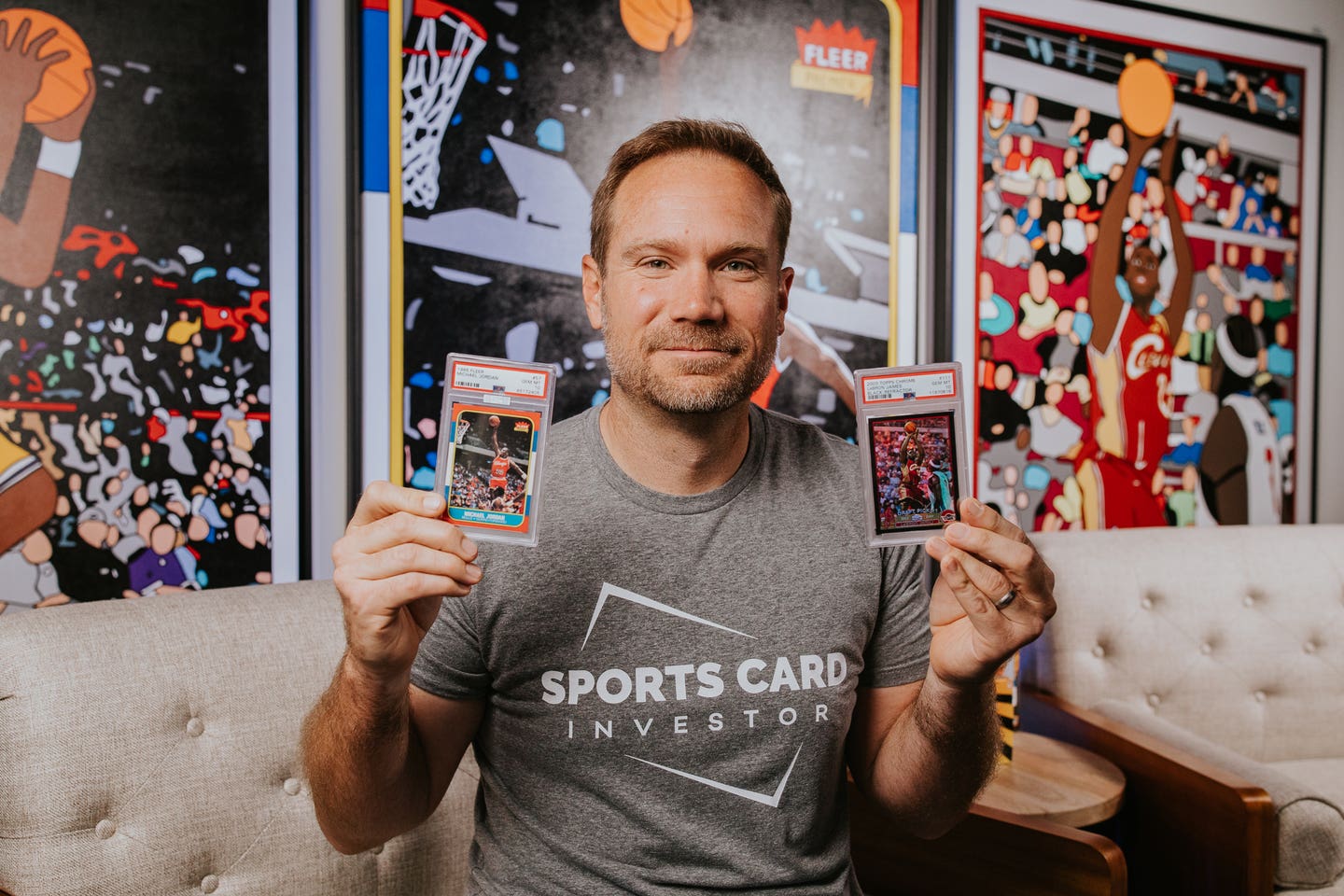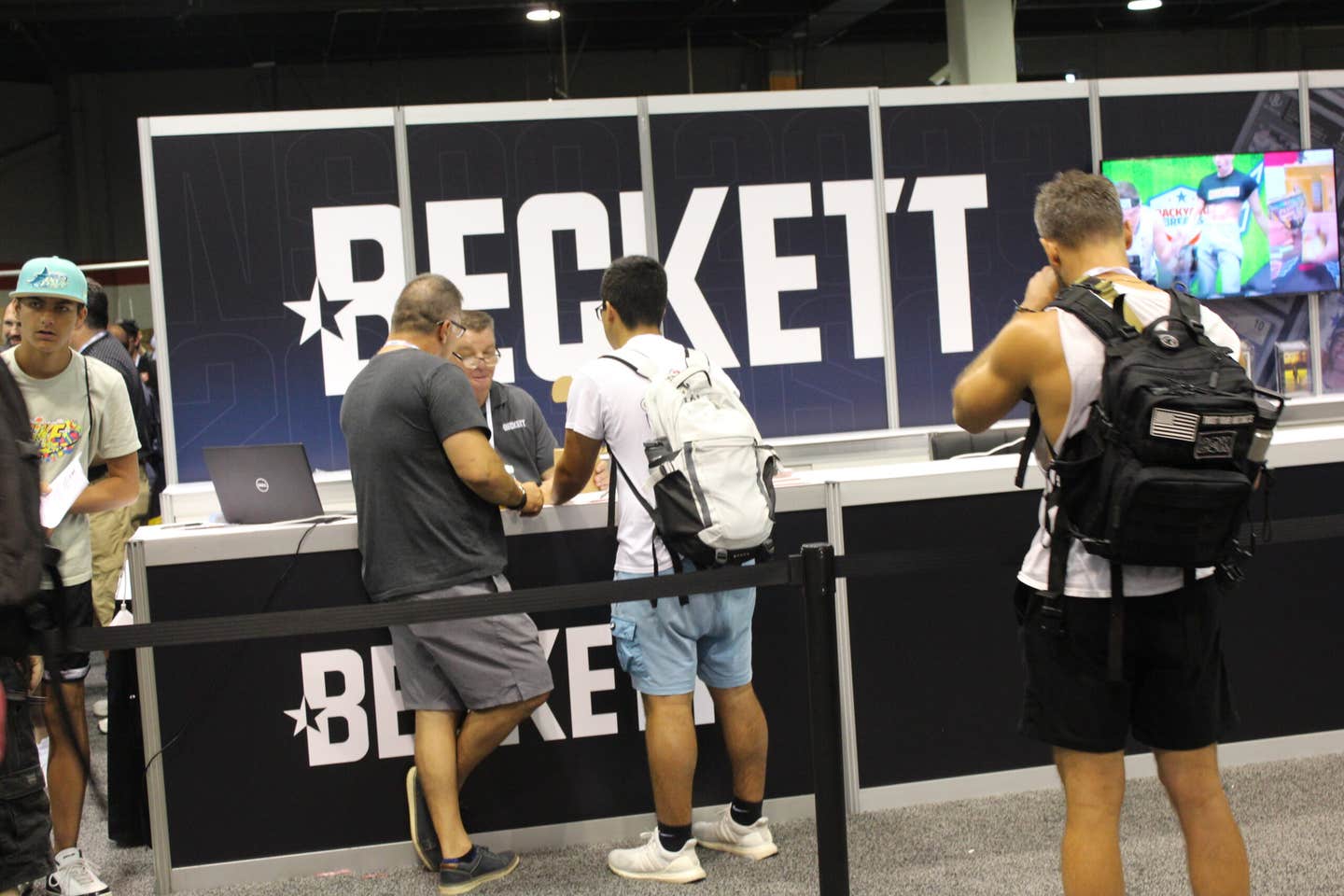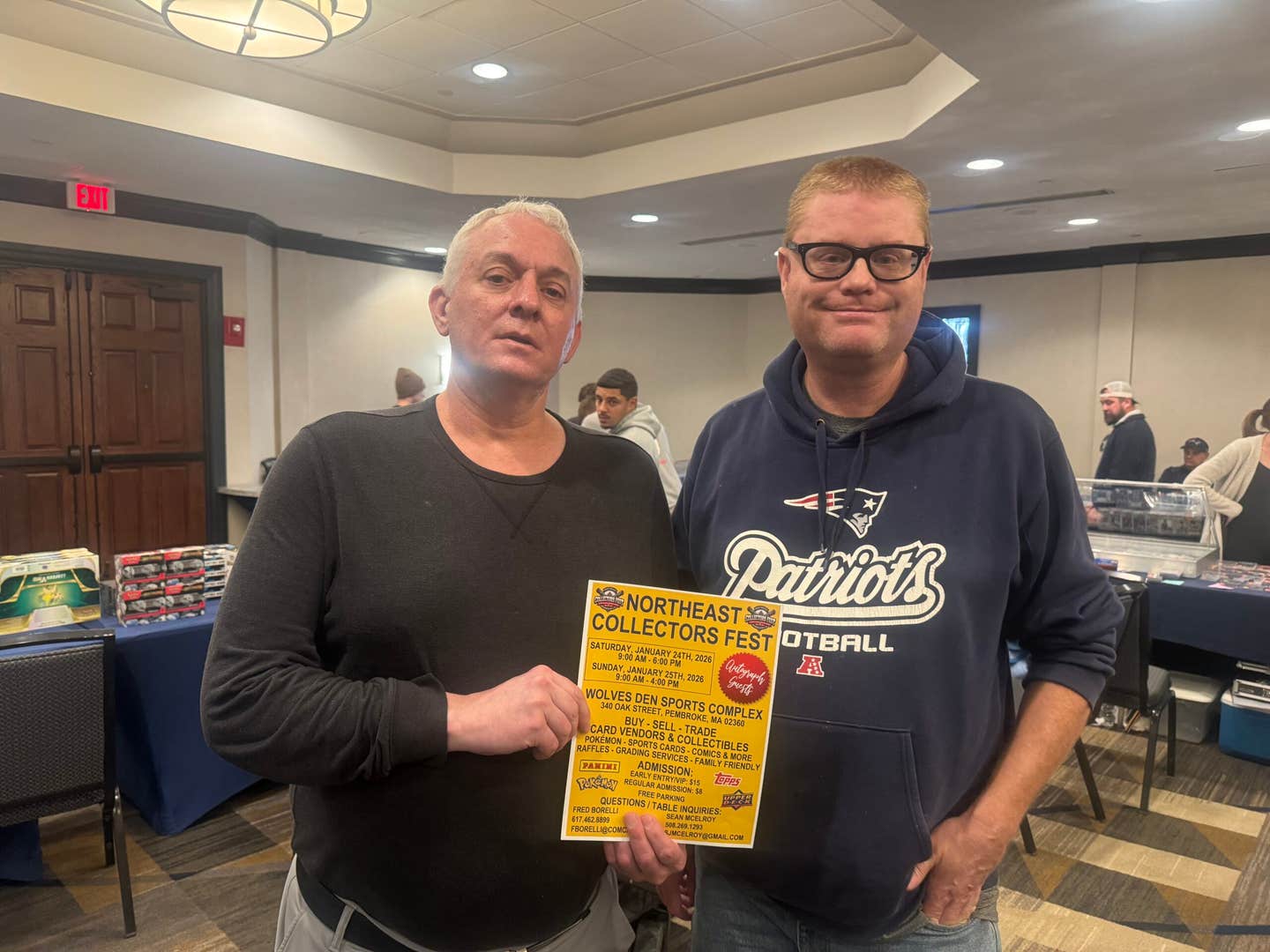News
HR records? Pour some maple syrup on them
A tornado of sorts has struck the baseball bat world. Though drug enhancements may have played a more prominent role, it may be maple bats that have also helped take the grand old game into the land of Home Run Oz. Bats made of hardwood maple have literally knocked the longtime popular ash if not quite out of the park, at least a bit to the sidelines.
Home run kings Barry Bonds and Sammy Sosa led the way using the recently introduced wood, by registering new previously unreachable home run marks. While the louder-than-whispers of performance enhancement drugs might have played a bigger role in these new home runs, there’s little doubt that hardwood maple has contributed its part to that remarkable home run surge that took place in Major League Baseball in the late 1990s.
Ash, for more than a century, has been the wood of choice for baseball bats, although another wood, the hard but heavy hickory dug a few inroads into the market in the 1920s and 1930s.
“People have said if God wanted to make a bat out of a tree, he would use an ash tree,” Bill Williams, a spokesman for Hillerich & Bradsby has declared. He added that H&B had experimented with maple bats for Little Leaguers in the 1990s. He says that ash is the best for duplicating the thin handles and thick barrels most major leaguers became accustomed to through the years. That aside, Hillerich & Bradsby is now making maple bats for professional players.
Like hickory, maple, a harder but heavier wood than ash, is now estimated to be used by some 300 major league players today. The reason? Some believe that it propels the ball greater distances and is more consistent at this than the longtime, reliable ash. One of the problems with ash bats is breakage and this seems to happen less often with maple.
Maple use sort of sprung into being with the introduction of Sam bats several years ago, being designed and made by Sam Holman. Holman had thought about the use of a harder wood than ash but the problem with maple is its weight. Batters are quite conscious of faster bat speed and that can be accomplished by lighter bats. Making maple lighter through extra kiln curing time reduced the weight and some of the problem.
But now there seems to be a major problem with the maple bats “exploding” in some instances, with pieces flying into dugouts and the stands. The shattering is taking place more often and with apparently scarier effect than ash. Pirates coach Don Long was struck by a piece of maple in a game and required stiches to his face. A fan was also injured by maple wood shrapnel.
Major League Baseball’s Executive Council recently took the problem under discussion. Commissioner Bud Selig said the discussion was “very premature” and that baseball officials plan talks with the players association and rules committee before any action is taken.
Bat repairman Fred Lowman says that broken maple bats that have been sent to him “tend to come to me in pieces.” Lowman believes ash is a better wood than maple for bats but “unfortunately, the ash forests in the Northeast have been hit with a killer beetle and a warmer climate.” He also believes the thinner handle on maple bats may be a reason for the breakage and that it’s not the lacquer finish is causing them to so disintegrate. “I get them finished and unfinished, and they’re still shattered.”
The process which has lightened the maple wood has enabled players to maintain a faster swing with a harder, though suspect, wood.
But faster bat speed can also be achieved by a stronger and bigger player, hence the suspected use of steroids and human growth hormones that players have reportedly been attracted to. Body builders and weight lifters have been rumored for years to have utilized steroids for increased strength. But steroids may have their price to pay.
As we recall the excitement of 1998 race between McGwire and Sosa for the home run championship (won by McGwire as the first player to reach 70), another occurred in 1961 when steroid use was not an option and maple bats weren’t around. That would be the great M&M home run chase as the two New York Yankees stars, Roger Maris and Mickey Mantle, battled to the wire, with Maris breaking Ruth’s single-season record of 34 years, hitting 61 while Mantle closed out with 54.
Was the ball “juiced” in those days?
Nothing was stranger than the year 1961, the year of the expanded schedule and the M&M boys tearing the cover off the ball. It was undoubtedly the most exciting homer race up to that point in history in the middle of one of the great teams of all time dominating the American League en route to 109 victories.
Before the home run surge began in the late 1990s, the 50-home run mark had been a genuine rarity and a badge of considerable distinction in Major League Baseball. Jimmie Foxx, Hank Greenberg and Ralph Kiner had made runs from the 1930s through the 1950s. With Mantle and Maris sailing past the 50 mark and engaging in that historic race, it seemed to signal a change in the game of baseball. The home run – certainly the signature event in a ballgame, at least since the arrival of a certain George Herman Ruth in The Big Apple in 1920 – was about to overwhelm strategic thinking as never before.
Maybe it was the fact that the U.S. sent its first astronaut into space on May 5, 1961, when Alan Shepherd was launched into the atmosphere, but the major leagues would set a new home run record of 2,730 circuit clouts that year, breaking the old mark of 2,294 of 1956 and far exceeding the 2,128 hit in 1960.
And there seemed to be no obvious explanation for the big jump, except for the diluted pitching that was attributed to the expansion that year. The balls and the bats were checked out. But in the American League, power hitters were going crazy.
The year 1949 was another curious time for new homer marks, with a major league record-breaking year. Though the impact from Jackie Robinson breaking the color line two years earlier could not have been felt so quickly, the arrival of a generation’s-worth of supremely talented black players would remake first the National League landscape and then, more grudgingly, the American League.
The 1950s alone witnessed the debuts of Henry Aaron, Willie Mays, Ernie Banks, Frank Robinson and Willie McCovey, along with a host of other great hitters like Roberto Clemente who probably could have joined the ranks of the 500 Home Run Club had he been so inclined.
The number of black players entering the cherished 500 homer career mark since Ted Williams made it in 1960 is impressive: Barry Bonds, Hank Aaron, Willie Mays and Sammy Sosa, all with more than 600 home runs and Ken Griffey Jr. recently added to that elite listing. Other black players in the upper echelon include Frank Robinson, Eddie Murray, Ernie Banks, Willie McCovey, Reggie Jackson and Frank Thomas, for a total of 11 black players who have more than 500.
Joe Phillips has produced nearly 100 editions of glove-collecting quarterly newsletter The Glove Collector along with a dozen guides, some of which are still available. Subscriptions are $18.95 for one year.
For information about The Glove Collector, call (972) 699-1808 or e-mail to glovecollector@earthlink.net.




